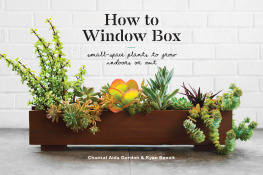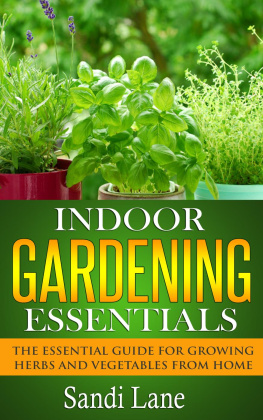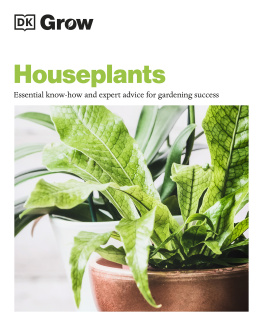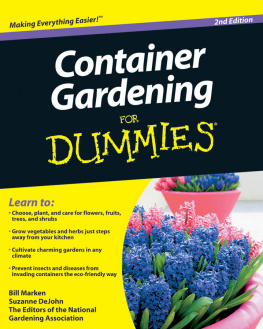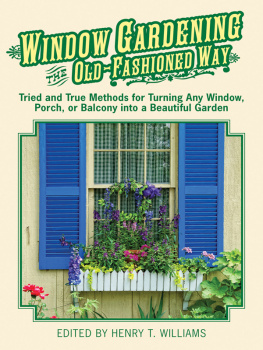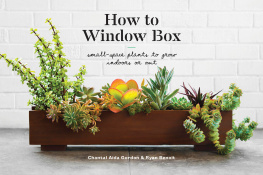Resources
WHERE TO BUY PLANTS
Air Plant Shop, airplantshop.com
Altman Plants, altmanplants.com/plant-shop
American Meadows, americanmeadows.com
Annies Annuals, anniesannuals.com
Armstrong Garden Centers, armstronggarden.com
Brent and Beckys, brentandbeckysbulbs.com
California Carnivores, californiacarnivores.com
Ebay, ebay.com
Etsy, etsy.com
Georgia Vines, georgiavines.com
Home Depot, homedepot.com
Logees, logees.com
Lowes, lowes.com
Monrovia, monrovia.com
Old House Gardens Heirloom Bulbs, oldhousegardens.com
Pigment, shoppigment.com
Plant Oddities, plantoddities.com
The Sill, thesill.com
Theodore Payne Foundation, theodorepayne.org
Tropiflora, tropiflora.com
Plus: Plant shows, plant clubs (like The Cactus and Succulent Society of America, CSSA), and your local independent nurseries and garden centers, of course!
WHERE TO LEARN MORE ABOUT PLANTS (INCLUDING CARE ESSENTIALS!)
Books & Magazines
Air Plants: The Curious World of Tillandsias by Zenaida Sengo
Better Homes & Gardens magazine
The Complete Houseplant Survival Manual: Essential Know-How for Keeping (Not Killing) More Than 160 Indoor Plants by Barbara Pleasant
Country Gardens magazine
The Encyclopedia of Herbs: A Comprehensive Reference to Herbs of Flavor and Fragrance by Arthur O. Tucker and Thomas DeBaggio
Garden Design magazine
Gardening for Geeks by Christy Wilhelmi
Good Bug Bad Bug: Whos Who, What They Do, and How to Manage Them Organically by Jessica Walliser
Grow Great Grub: Organic Food from Small Spaces by Gayla Trail
Indoor Edible Garden by Zia Allaway
Kiss My Aster: A Graphic Guide to Creating a Fantastic Yard Totally Tailored to You by Amanda Thomsen
The New Western Garden Book: The Ultimate Gardening Guide by Editors of Sunset magazine
The Savage Garden, Revised: Cultivating Carnivorous Plants by Peter DAmato
Slow Flowers: Four Seasons of Locally Grown Bouquets from the Garden, Meadow and Farm by Debra Prinzing
Succulents Simplified: Growing, Designing, and Crafting with 100 Easy-Care Varieties by Debra Lee Baldwin
Sunset magazine
The Timber Press Guide to Succulent Plants of the World: A Comprehensive Reference to More Than 2000 Species by Fred Dortort
Urban Jungle: Living and Styling with Plants by Igor Josifovic and Judith de Graaff
A Way to Garden: A Hands-On Primer for Every Season by Margaret Roach
Online
Almanac.com/gardening
AWaytoGarden.com
BHG.com/gardening
Bromeliads.info
Davesgarden.com
DebraLeeBaldwin.com/succulent-blog
Extension.missouri.edu
FlyTrapCare.com
GardenBetty.com
Gardenerd.com
GardeningKnowHow.com
HGTV.com
HomeGuides.SFGate.com/gardening
Houseplant411.com
HouseplantJournal.com
JoyUsGarden.com
Penick.net/digging
TheHorticult.com (Check out our other DIY projects, including how to build your own box.)
Acknowledgments
This book couldnt have bloomed without the care of wonderful people. Thank you to our extraordinary agent, Meredith Kaffel Simonoff, for her sage and powerhouse guidance; to our ingenious editor, Angelin Borsics, for her irresistible vision for gardening anywhere; and to Ian Dingman for giving our book a look and feel beyond our wildest dreams. To Kathy Brock for her spectacular attention to detail, and to Nicole Ramirez, Kim Tyner, Carolyn Gill, and Erin Voigt at Potter. To Tim King for his photographic savvy and assistance. Were also grateful to Pigment boutique, Carol Domanick, David Deitch, Debra Prinzing, Warren Keller, Jill Blumenthal, Michael Tortorello, Laura Joliet, Jacqueline Bonelli Smith, Tina and Craig Stern, Stephen Orr, James A. Baggett, and the brilliant BHG team, Jim Peterson and the stars onboard Garden Design, Green Gardens Nursery, Tiffany J. Davis, Jennifer Gilbert Asher, Julian Mackler, Anthony Rossi, Clity Gordon, Godfrey Gordon, Denise and Robert Benoit, Warren Wilsons MFA Program for Writers, and to the readers of The Horticult, for their gardening wisdom, enthusiasm, and evergreen curiosity.
How to Garden in a Window
Gardening is not an exact science. Its full of hits, misses, and mysteriously heroic flowers that defy the odds. The great thing about window-box gardening is that you can quickly learn by trial and error from plants you try to grow that end up dying, and from those that thrive. For best results, use our care suggestions here and in the chapters that follow as guidelines; be sure to read any instructions that come with your plant, and, if youd like, do some extra research. Youll find a robust community online for every genus under the sun; search for your plant plus your concern, and youll see how other gardeners have made their own darlings prosper. And if a box doesnt do as well as youd hopedor doesnt survive the winterclear it out and start again. Thats the freedom of small-space gardening.
Considerations for Outdoor Boxes
The classic window box mounted below a window can vastly improve the curb appeal of your house. Or, for five square feet of green in an apartment or a condo, mount them on metal balcony railings, wood deck railings, and patio plant stands.
Expect to find a wide range of stylesfrom simple, decorative, or ornate wood boxes to caged containers made with metal bars and lined with coconut coir. Self-watering boxes are also available.
Check to see if the window box comes with mounting brackets; if not, youll need to buy or make your own.
See if your homes exterior already has a box in good condition. You might still want to paint it to your taste or just to freshen it up. If the existing box is in bad condition, replace it. Check the mounting brackets, which you might be able to reuse. Either way, assess the integrity of your homes facade and its ability to support a fully watered window box (which can weigh over 60 pounds when soaking wet!). When in doubt, hire a handyperson for the installation so you can be sure your mini garden is safe and secure.
Decide on portability. A smaller box can be moved easily inside during winter months if your plants are not hardy in colder temps. A window box can be moved to a plant stand in a protected area over the winter (see ). Also consider color choice when making an exterior/interior box. Painted wood or synthetic boxes will usually last longer in the weather.
Determine the length and width. Most window boxes line up with the outer edges of the windows trim; measure that span to determine the length of your box.
Choose the depth. Deeper boxes can insulate plants better and will not dry out or freeze as quickly, but they are often impractically heavy. Be sure that your brackets can support the fully watered weight. Some plants need more soil depth than others, but most will survive and thrive in at least 4 inches of soil.
Consider your neighbors. If you live in a multistory building, your window box may become a problem for your neighbors downstairsor for passersby on the sidewalk. Be conscientious of your installation and water when theres no one below. If installed on a balcony rail, your box should hang on the inside of your railing to be on the safe side (and so you can better enjoy the view).
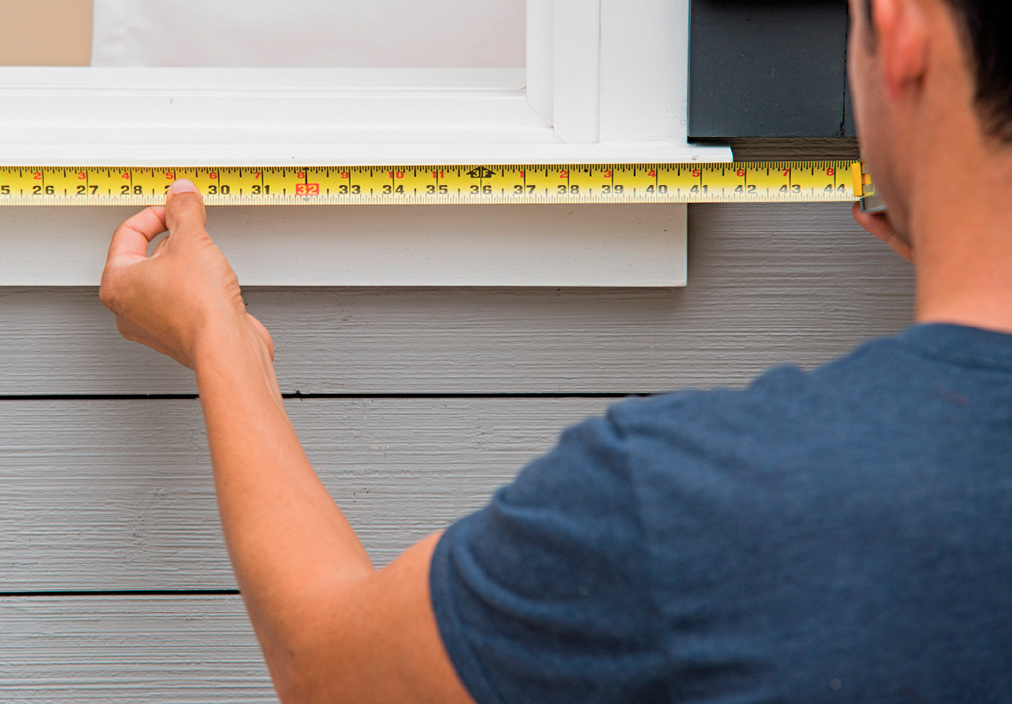
Considerations for Indoor Boxes
While there arent as many indoor window boxes on the market, youll find a wide range of styles by searching for rectangular planters, or you can convert an outdoor box. In either case, make sure your container is sealed, has drainage, and includes a water collection tray. See ). A plant stand also works great for raising boxes in front of floor-to-ceiling windows.

